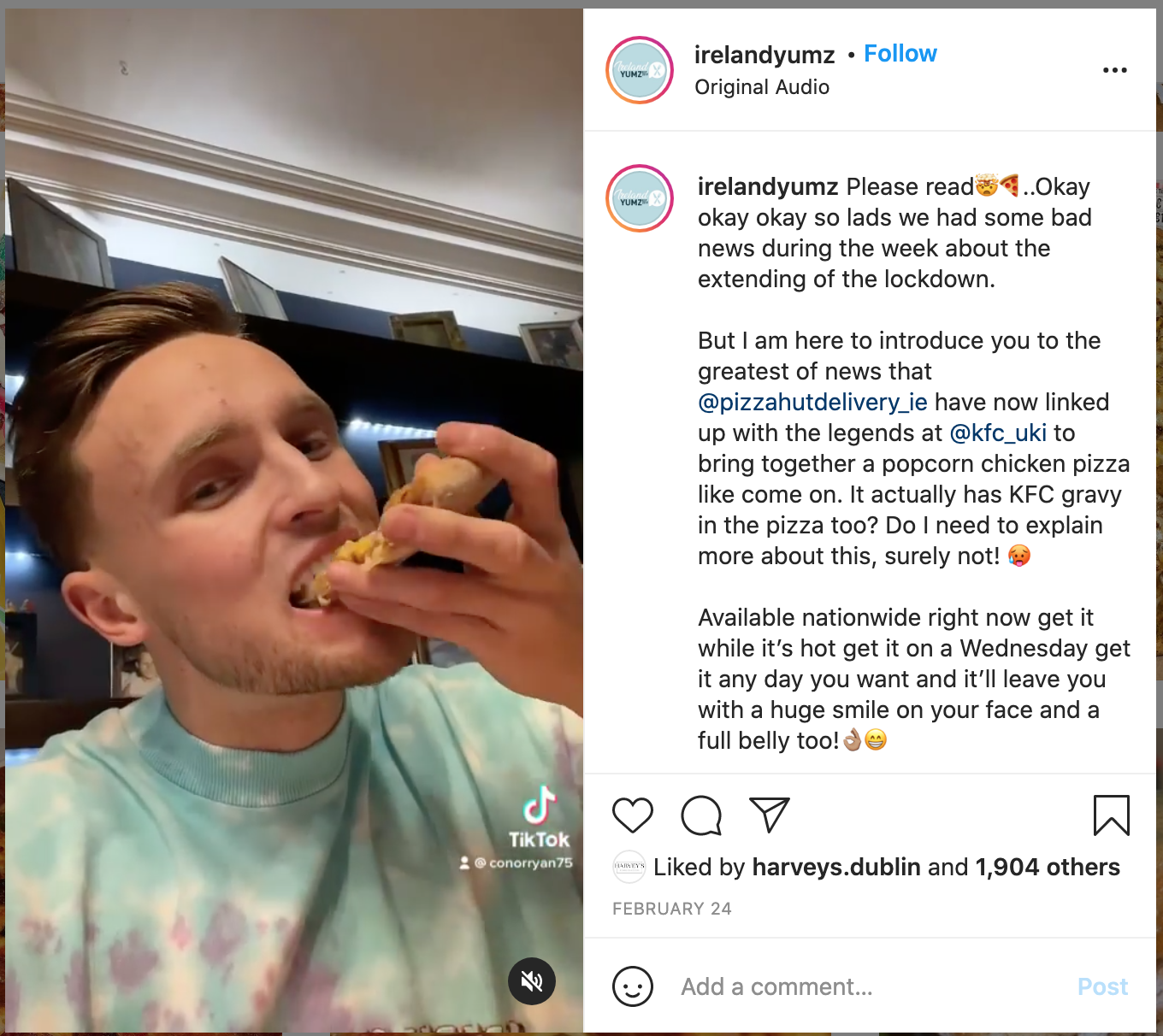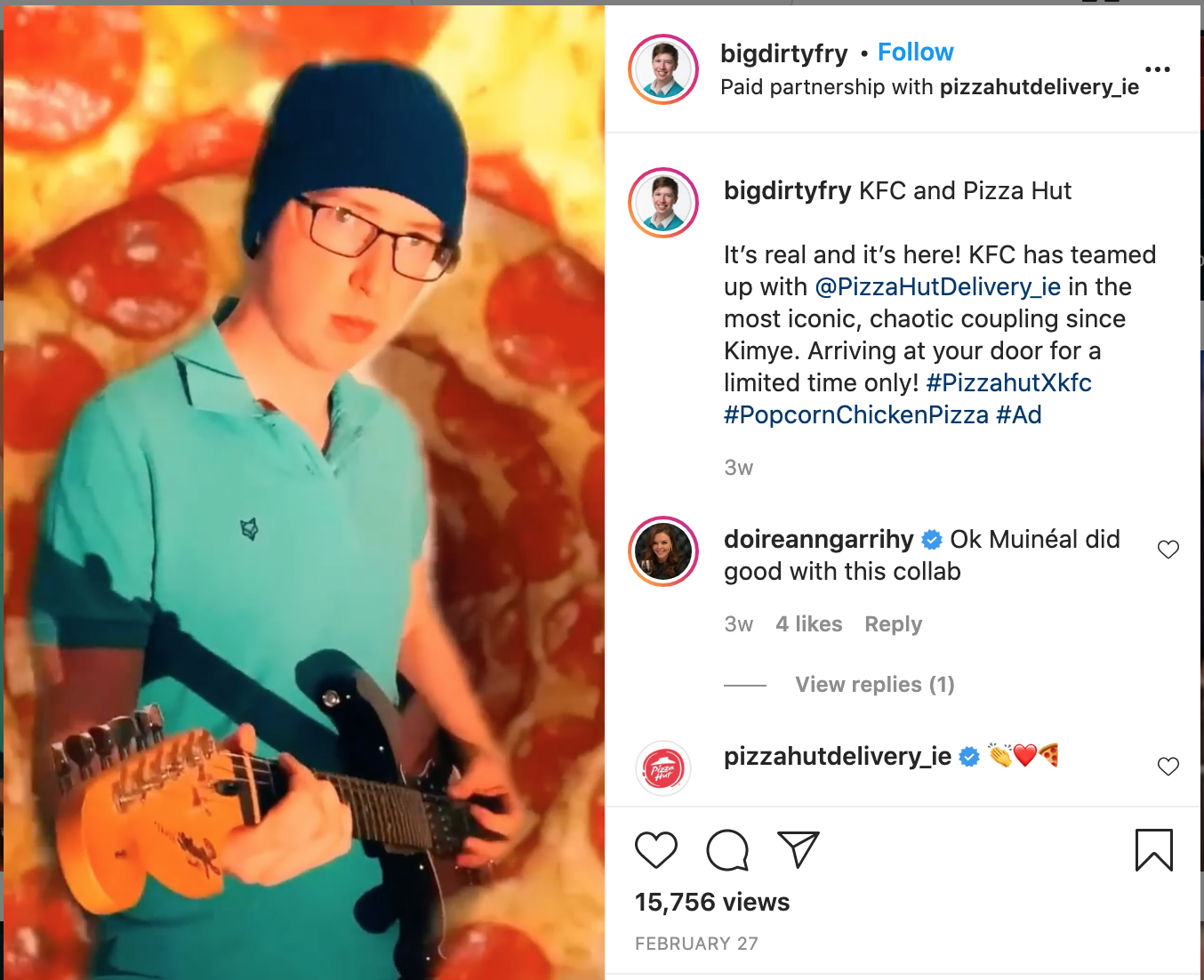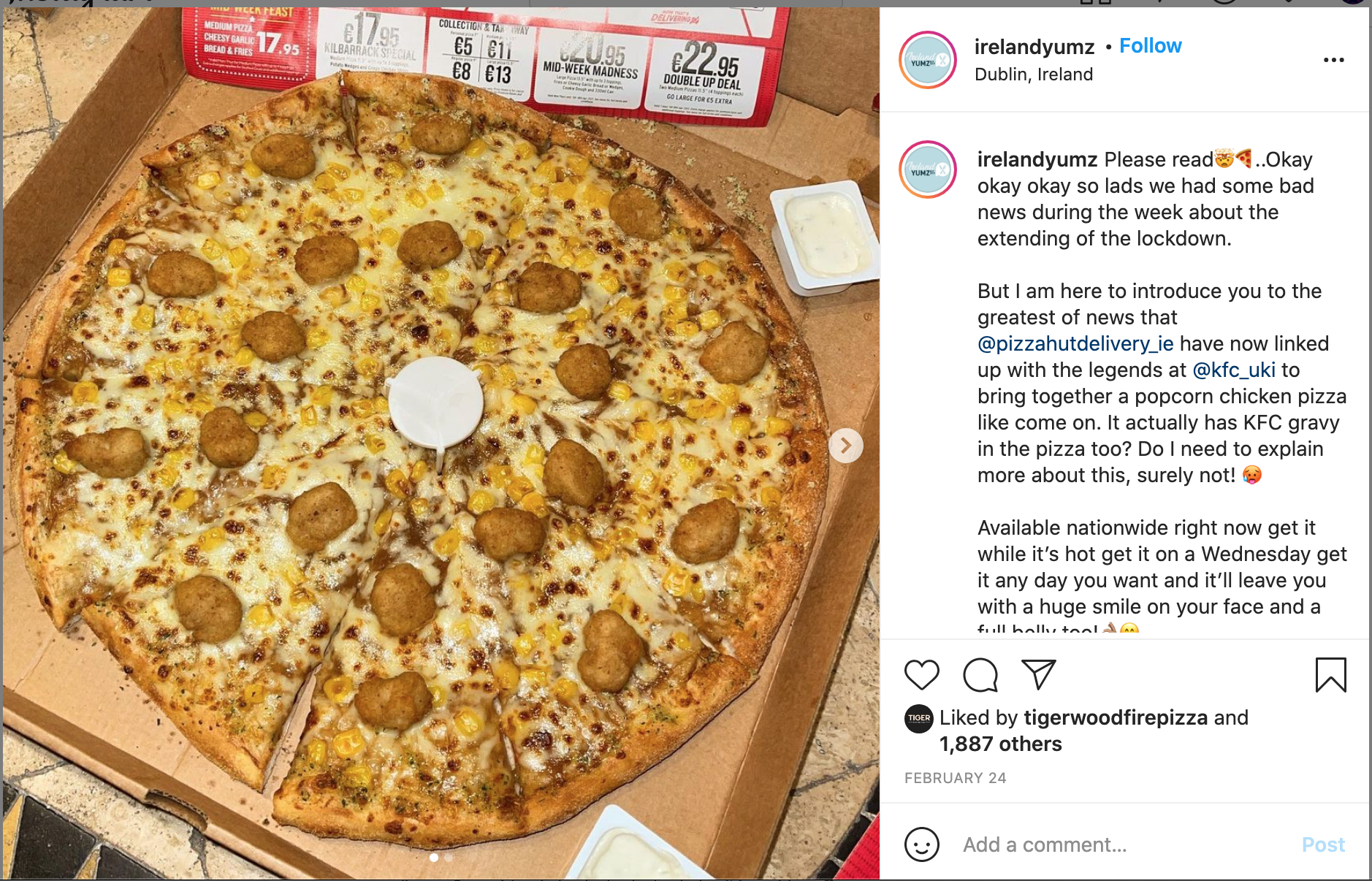5 Questions to Ask Yourself Before Working with Influencers
It's easy to look at pairing with an influencer as a digital-only project but compared to sponsoring an athlete or bringing an ambassador on board really it's an extension of one of the oldest tactics in the book – partnering with someone who appeals to your audience.
Here’s a checklist of 5 key questions you should ask yourself before working with an “influencer”.
1. Objectives - What are you trying to achieve and is this the right medium for it?
If your ambition is to gain more share of voice and new fans then multiple platforms and reach should be a key consideration for your shortlist, measuring everything by metrics related to impressions, share of voice, and views. But, if it's a sales agenda then perhaps someone more niche in your field with a highly engaged audience will work best, promo codes and affiliate links make the whole thing very easy to track.
It shouldn’t exist in a vacuum. Influencers can be activated to reinforce brand messaging in an already active campaign through smart content if done right. For example, Snickers ran a series of collaborations where popular influencers put up a stream of content outside of what they normally do, only to suddenly reveal they needed a Snickers, because 'you're not yourself when you're hungry.’
Be realistic about what you expect to achieve and measure accordingly is our advice.
2. Followers/Audience - Are you only looking at a follower number?
One of the biggest sources of wastage working with influencers is in the long tail of their followers. So often is the case that you only want to be seen in your own market, and your ideal influencer has a global following, or perhaps a following that bleeds massively into another country. It is always good to ask for some breakdown of where their followers are located, this information is readily available on every platform and it doesn't always have to be a dealbreaker for a campaign.
The truth of the matter is that you will rarely find someone with a large following made up of people in just one location, even if you do, other considerations are the gender or age breakdown. With this, our advice is that you have to accept a certain amount of wastage and decide yourself where the line is.
We use tools like SocialBakers and HypeAuditor so we can access this data quickly and accurately. Make sure you do too.
3. Creative Briefing - Who's the artist here?
How much input should you have on their process? Again this depends massively on the type of campaign and potential other considerations such as regulations in your industry.
At the end of the day when you partner with an influencer/content creator you’re not only getting their audience you also get their production skills. It is best not to force premade content into their space and let them do their own thing under a clear brief.
Their audience will expect and engage with their regular style of content. While the content may not always be as polished as a full production from an agency it will be consistent with how they engage with their own audience and include your brand in a more organic and genuine way.
A clear brief for an influencer should cover any mandatory inclusions such as a campaign line or hashtag, any social accounts that should be tagged, and then the slightly less glamorous but very important instructions around regulations. Ensuring the influencer is clear on the type of disclosure they are required to add, and any other industry-specific prompts like #DrinkAware, etc... is everyone’s responsibility.
4. Channels/Platforms - Do you want to attend the party or just know that it's happening?
How do you know which of your influencer’s platforms you should play in?
There are two major schools of thought on this.
I don't mind if I'm not at the party, once people are talking about me there.
I want to be able to join in on the fun.
It comes down to how engaged your own audience is, it's likely depending on your own following that there will be some overlap in the audience, but careful consideration should be put into how engaged you should be beyond sharing and supporting the content.
Sometimes chiming into the comments section can seem a bit forced, especially if you're not a brand that usually engages in that way. Advertising is by and large accepted as a necessary evil for some content creator audiences and nothing can make it seem uncool quite as fast as a brand page trying to force conversation. A recent study by the ASAI into influencer marketing and public opinion revealed that "59% of people surveyed consider influencers who do not seem authentic to be ‘annoying’ while 57% get ‘annoyed’ at seeing too much-sponsored content". So it can be best to sit back and let them do their thing.
5. Long Term vs Short Term - When and for how long?
Working with influencers in the short term in our opinion has the greatest results at the start of a promotion or at the 'announcement' stage when the objective is sales led. In a recent campaign for Pizza Hut on the launch of the limited edition KFC Gravy Pizza we placed the influencer activity just at the 'on sale' date after a week of build-up advertising and teasers from the brand page.
The resulting content created by IrelandYumz, Conor Ryan, and Michael Fry had such a high organic reach that it was rivaling the media performance of some of our paid activity and resulted in an enormous lift of new followers to the page and attention on the product for the first week of launch. (Disclaimer: we take no responsibility for you getting Michael Fry’s song stuck in your head all day if you click the link above!)
For brand building the approach can be different, for example, our work with White Claw Ireland requires an always-on high reaching presence in Irish culture. Given how fast social media moves we built a roster of influencers that activate regularly in a cycle, allowing us to achieve a maximum share of voice in that space without ever burning out on just one and risking audience fatigue.
Takeaway
The work needs to be viewed as a partnership. The influencer is a content creator, not a creative outsource that you are overly direct. Think long term for the relationship and allow the influencer to execute the content.



